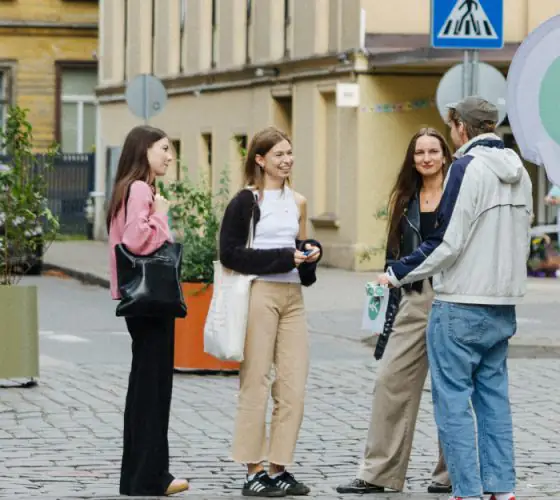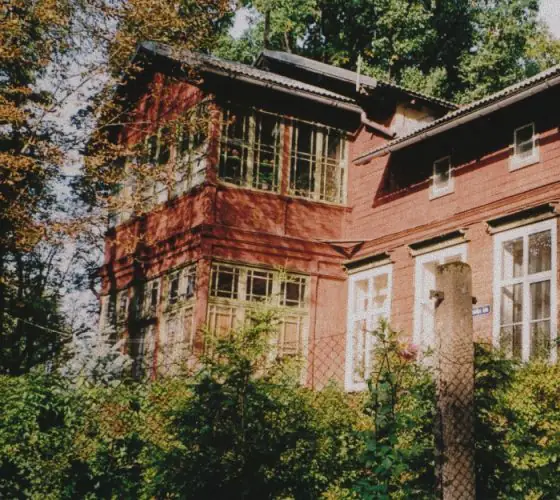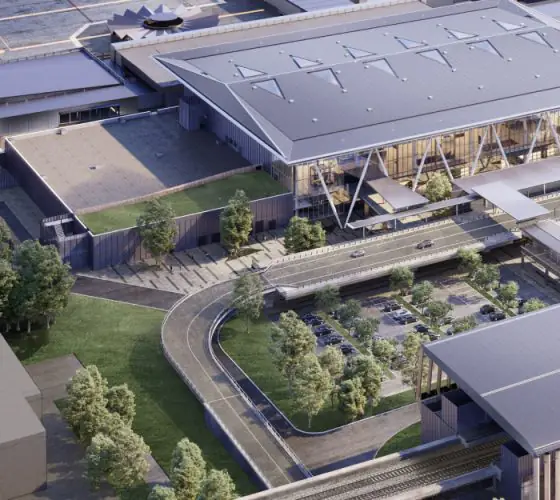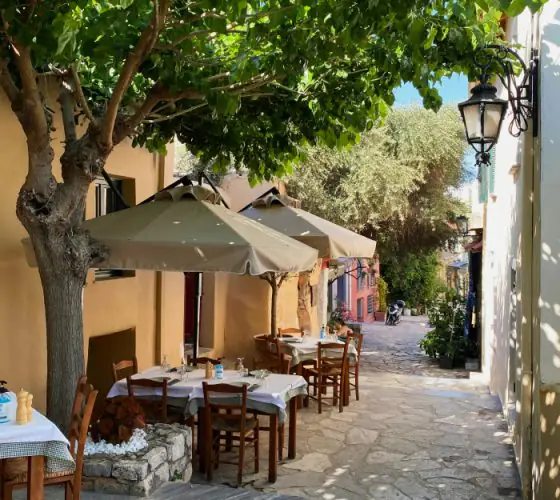
The Latvian real estate market has experienced steady growth, particularly in Riga, over the last decade. This expansion has been driven by the involvement of both local players and foreign companies, who have contributed their expertise and experience, enhancing the market’s dynamics. Kaamos stands out as a notable example of this trend, bringing its unique approach and commitment to quality to the local market.
The large company Kaamos has been in Estonia for 22 years: it was founded in 2002. The first Kaamos project in Latvia was completed in 2021—a residential complex Divi Krasti in Ķengarags neighborhood. The second one is MOHO Park residential complex: two laconic 12-storey buildings in Mežaparks, which construction started in 2021 and was completed in 2023. Another MOHO concept project—MOHO Garden—consisting of two 9-storey buildings on Mežezera iela, is currently under construction nearby. And this year two residential buildings Ābeļziedu terases in Teika neighborhood were commissioned.
Kaamos is involved not only in development and construction but also in advancing energy business technologies. Additionally, the company invests part of its income in startups and sustainable development. The CEO of the Latvian office, Guntars Cauna, told us about the company’s values and the differences between working in Latvia and Estonia.
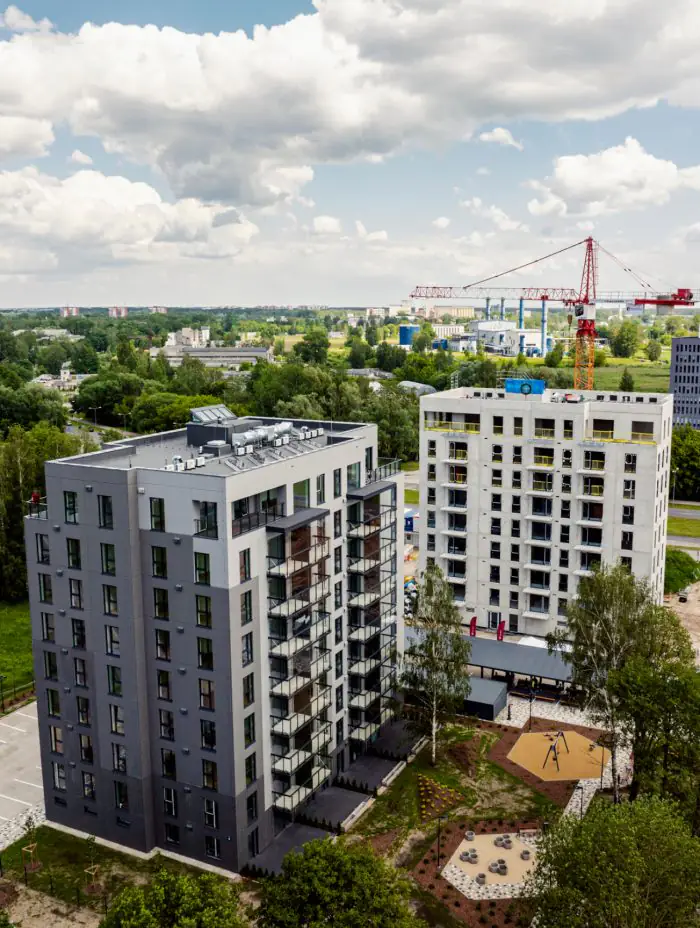
mohogarden.lv
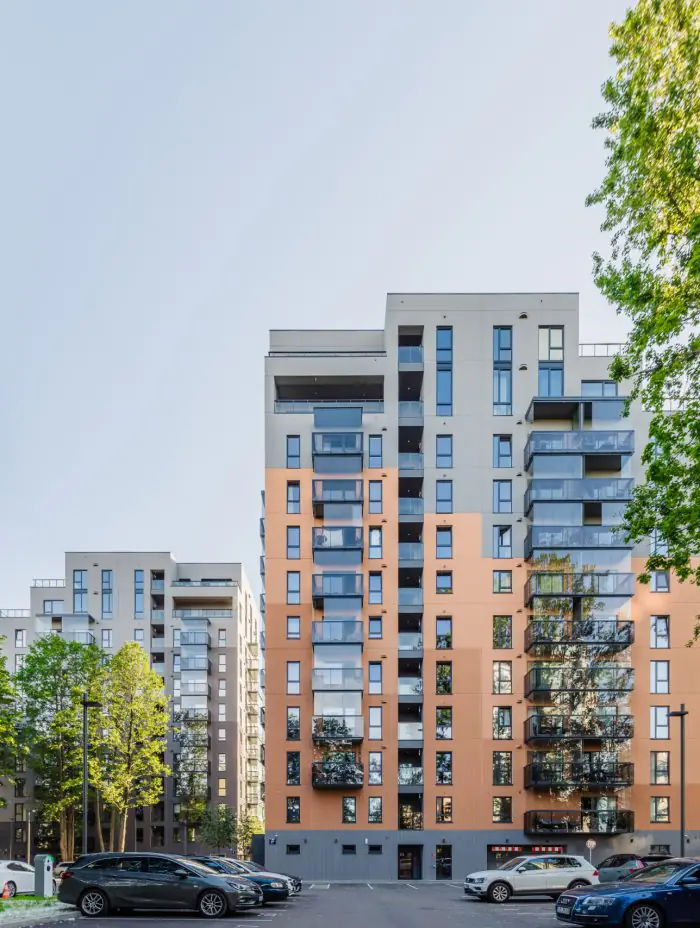
mohopark.lv
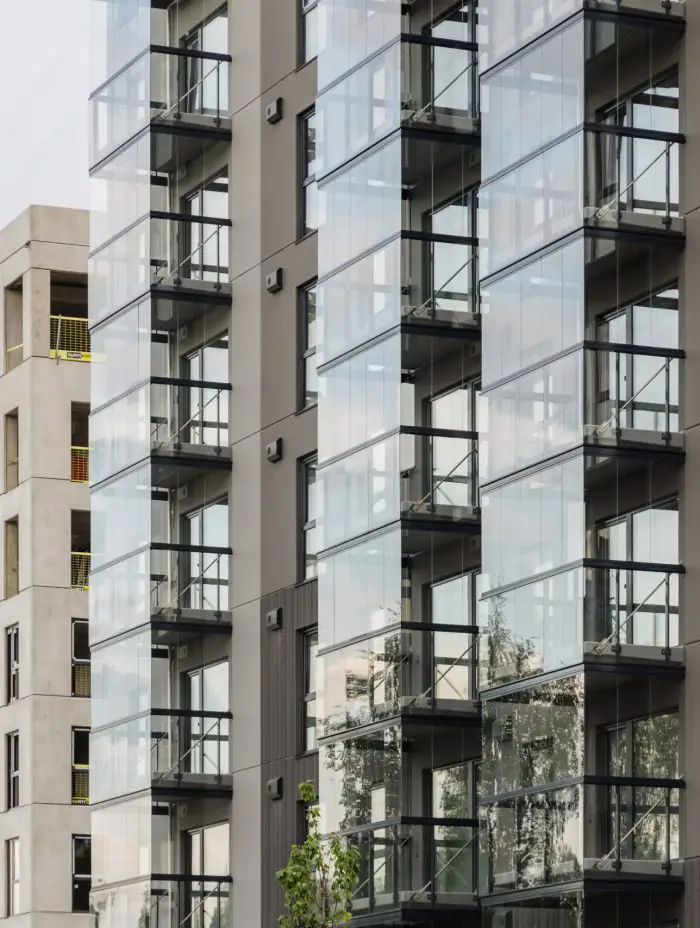
mohogarden.lv
Is there a Difference between Working in Latvia and Estonia?
Definitely yes. Even though they are both part of the Baltic region, Latvia and Estonia are two distinct countries with their own unique cities, Riga and Tallinn. First and foremost, the real estate market and its activity always reflect the local economy.
In Estonia, the average income level is higher than in Latvia, giving Estonians greater purchasing power. As a result, apartment prices in Tallinn are higher compared to those in Riga.
Another important difference is that Tallinn is more compact and dense as a city. In Riga, there is a lot of free space for new development, whereas in Tallinn, everyone wants to live in a denser and more concentrated area. This gives the cities very different characters and atmospheres, but in Latvia, it is much easier to find land plots for our projects.
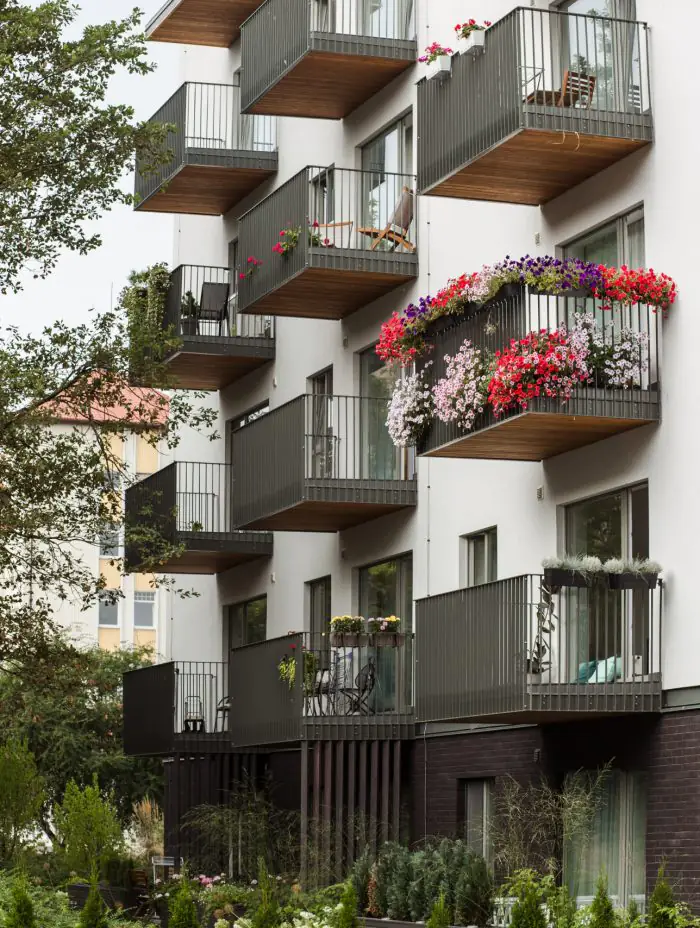
divikrasti.lv
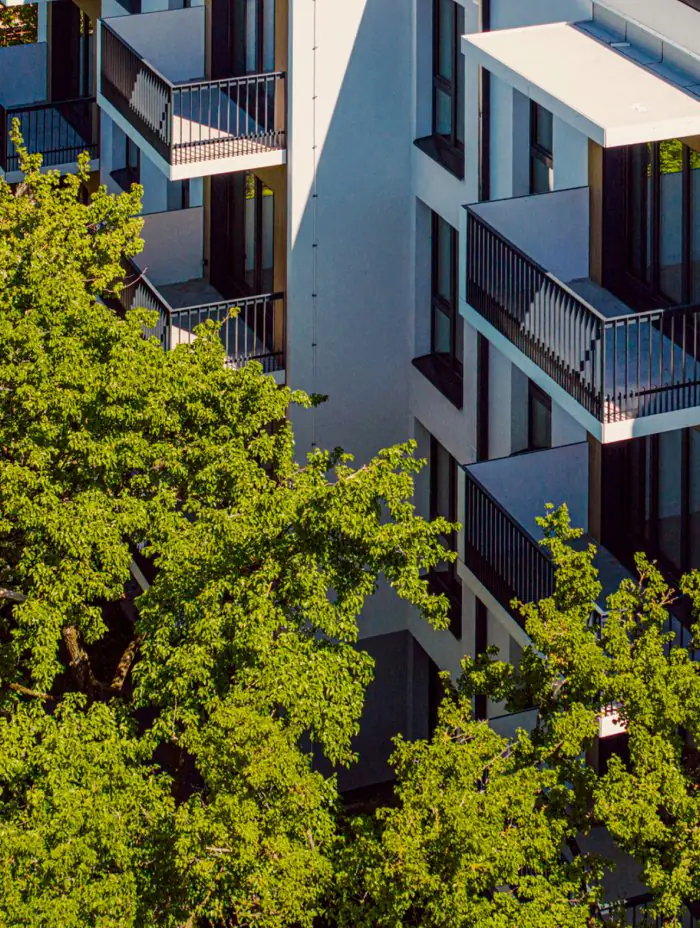
abelzieduterases.lv
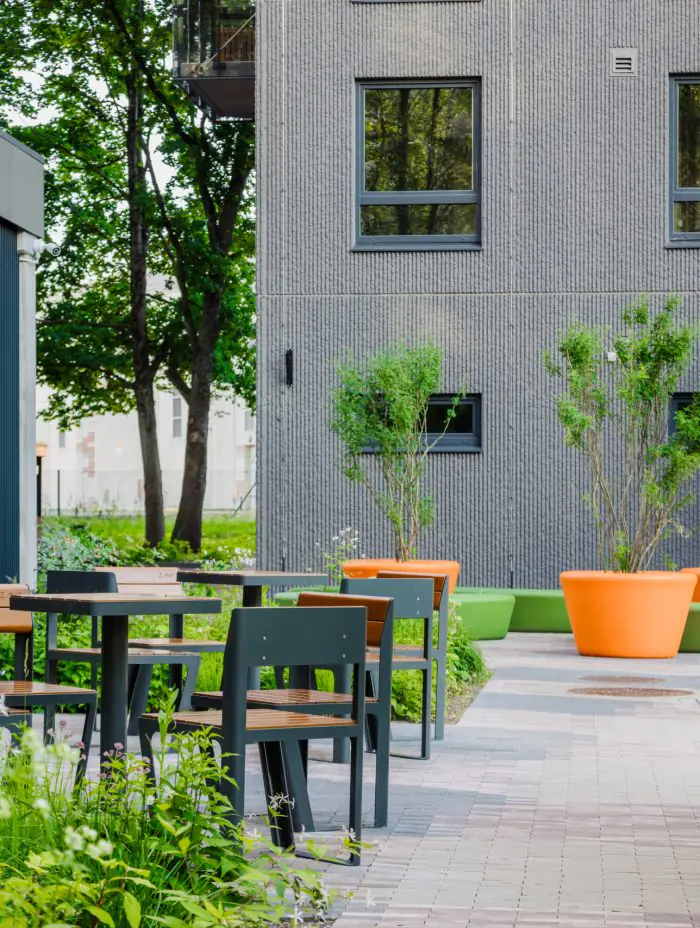
mohopark.lv
Real estate is always oriented to the needs of the local market, so we develop our projects in Latvia as stand-alone products that meet the needs and desires of our clients: they always come first, followed by technological innovations to bring the projects to life.
However, even when we aim to create something incredible, we cannot forget about local demand and purchasing power. Kaamos is always looking for a balance between global trends and local market opportunities.
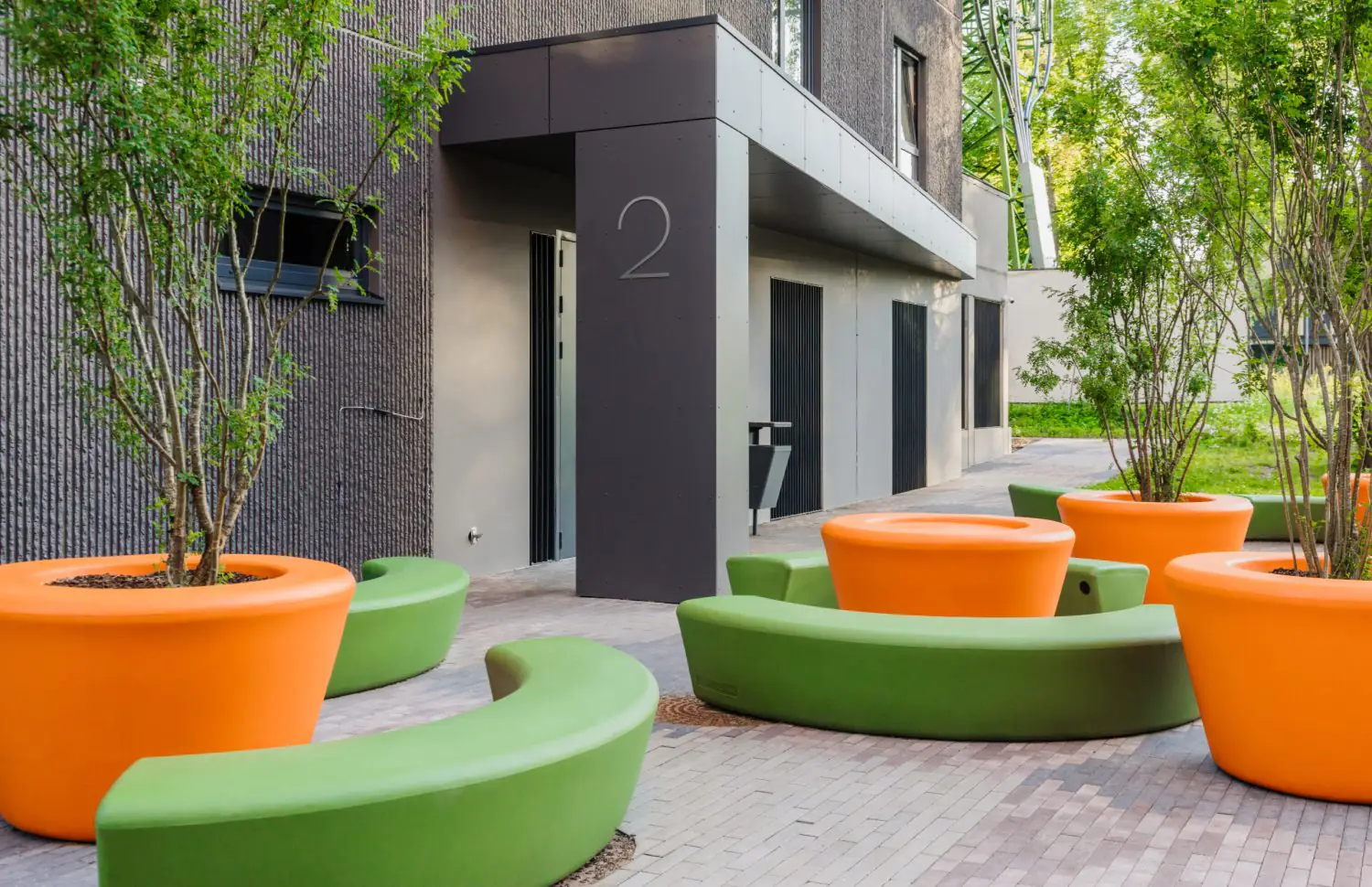
mohopark.lv
You position the company as a family office. What does that mean?
There are several meanings here: on the one hand, the shareholders of the company are the Jõeleht family—father Kaido and his six children. On the other hand, the Kaamos team is also like a big family that spends a lot of time together and shares its thoughts freely.
We hold regular internal events to maintain that team spirit—it gives a feeling we call #onekaamos.
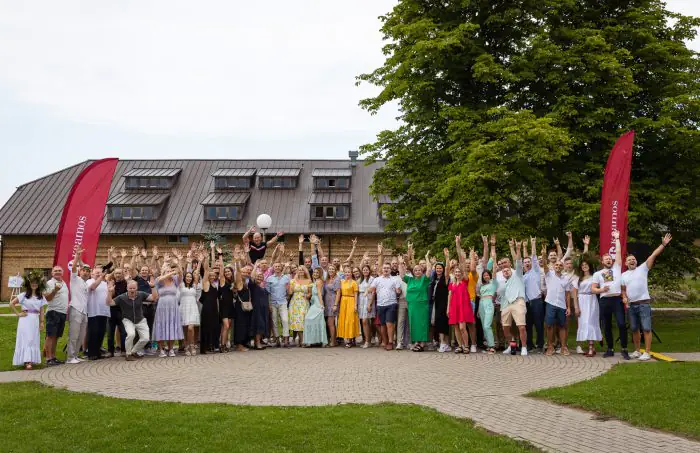

How do you Choose Locations for New Projects in General and in Riga in Particular?
Once again, the customer comes first. We follow people’s needs and use research to find out where they would like to live. At the same time, we also look at the client from an ESG (Environmental, Social, and Governance) perspective, i.e. from the perspective of environmental, social, and governance principles.
Every person wants to live in a comfortable environment with developed infrastructure and avoid spending extra time commuting to important places such as work, school, stores, and restaurants. A well-designed environment improves the quality of everyday life. Additionally, if you can walk or use public transportation instead of driving a private car, you help take care of nature and reduce your carbon footprint.
That is why at Kaamos, we first look for places where it is comfortable to live, and only after that do we start a deeper analysis of the availability of infrastructure. Unfortunately, it is not always possible to secure the best locations, because either the sellers of land plots charge too high a price, or the necessary investments in public infrastructure undermine the business plans.
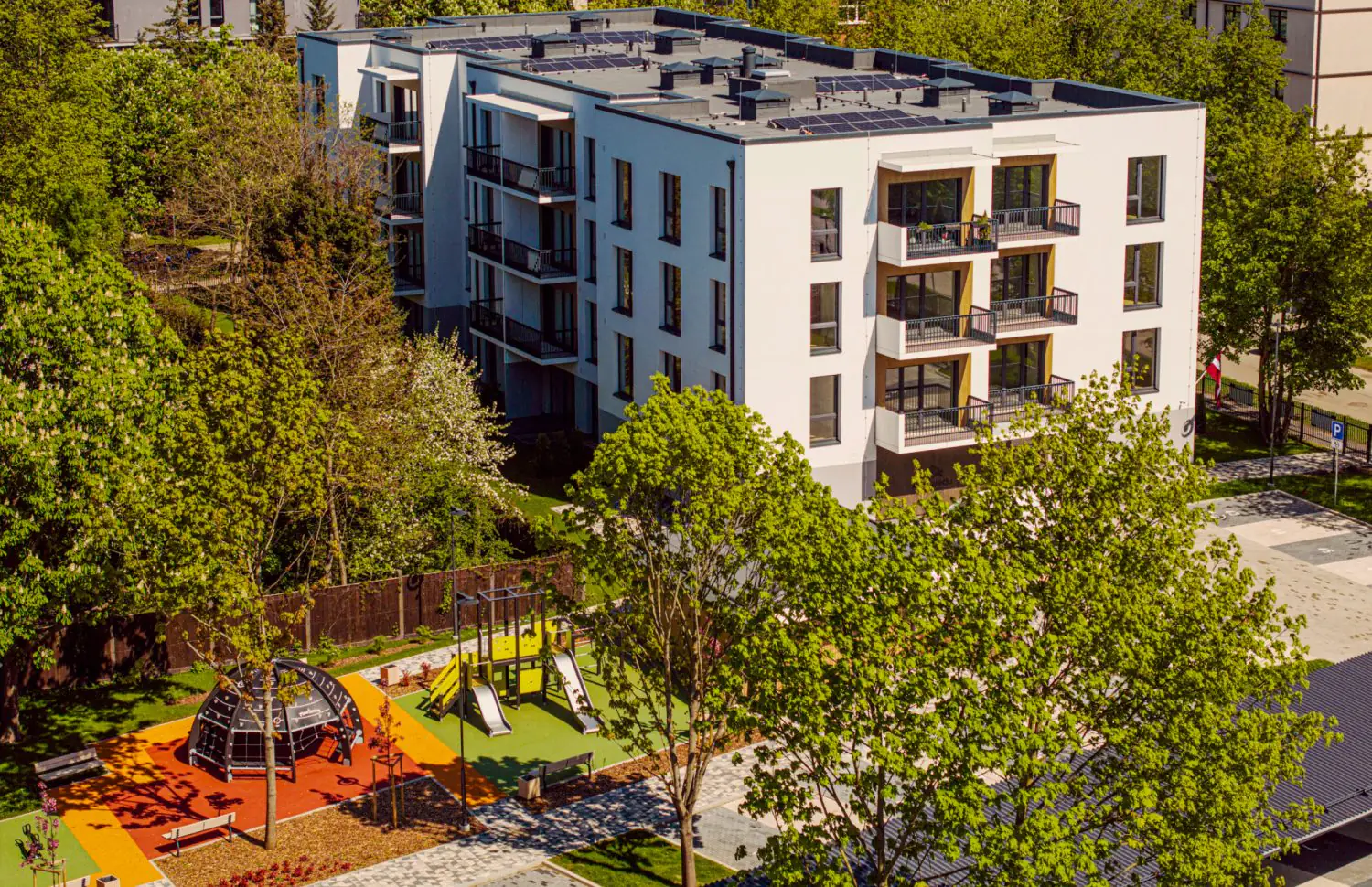
abelzieduterases.lv
You Invest Not Only in Real Estate, but Also in Energy and Startups. Why Did You Choose These Particular Areas? Do You do it Only in Estonia or in Latvia as Well?
This is a very pragmatic decision by shareholders to diversify risks. While the energy business for Kaamos Group is already a stable area with clear development plans for the coming years, startups are a riskier investment. Although they are quite significant, they are not part of Kaamos’ core business.
We also want to develop the energy business in Latvia, but of course, this depends on how well all the calculations and opportunities meet the investment expectations of the shareholders.
What Are Your Plans in Latvia for the Next 5 Years?
We will definitely continue building residential buildings, and if all goes well, we plan to reach an average sales level of 200–250 apartments per year. This will happen, though likely not in the next couple of years, as market activity is currently rather low.
Another area of focus is commercial real estate, where we intend to invest in order to create our own long-term rental portfolio, similar to what Kaamos already has in Tallinn.
All other areas are still being explored. Sometimes life presents unexpected business opportunities, and we are ready to explore all promising avenues that align with Kaamos’ core business areas.


